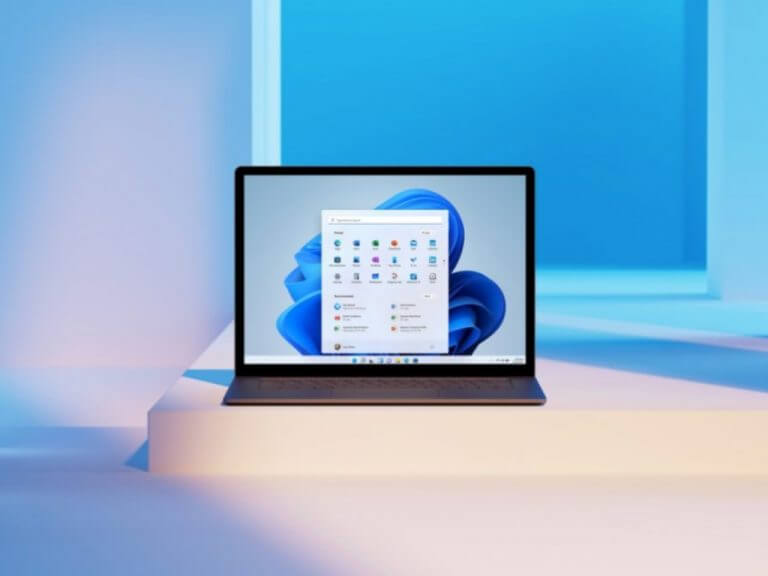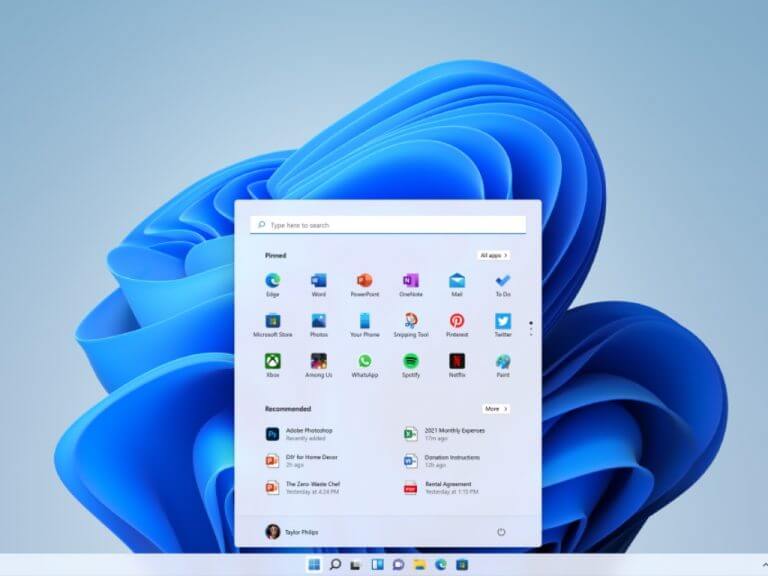Windows 11, the latest version of Microsoft’s desktop OS has officially started to roll out today. Windows 11 will be a free upgrade for Windows 10 users with eligible PCs, but it’s also shipping today on new PCs from Microsoft and its various hardware partners including Asus, HP, and Lenovo.
“Windows is a driving force for innovation. It’s an enduring platform for each one of us to create. And its home for over a billion people to do their jobs, live their dreams and connect with the people they love,” wrote Microsoft’s Chief Product Officer Panos Panay. Windows 11 is the first version of the OS to be released under Panay’s leadership, and the Surface designer emphasized that Windows 11 should be a really transformative experience for PC users.
“To fully understand the magic of Windows 11 you must get it in your hands. The gorgeous graphics, sounds and animations of Windows 11 along with the innovative and beautiful hardware from our partners and Surface provides an experience like none other,” Panay explained.
There’s certainly a sense of modernity and attention to detail coming from Windows 11, but some changes may be quite controversial. The Start Menu has been redesigned to provide quick access to pinned apps and recommended documents, and the Taskbar is now centered by default. The taskbar has also welcomed a new Widgets menu and a Chat app powered by Microsoft Teams, though both features can be hidden.
For power users, Windows 11 introduces better multitasking features with Snap Layouts and Groups, which can really help to optimize your screen real estate. Microsoft has also introduced new accessibility features including better voice typing, with the OS now being able to automatically punctuate sentences for you.
For gamers, Windows 11 should also be an exciting upgrade with new features like Auto HDR and the same DirectStorage API that made its debut on Xbox Series X|S consoles. If you don’t play games but have a PC with a screen with a high refresh rate, Windows 11 also introduces a new Dynamic Refresh Rate feature that will automatically adjust the refresh rate depending on what you’re doing on your PC.
Windows 11 also introduces a new Microsoft Store that should finally get better support from app developers. Indeed, the new Store can now welcome all types of Windows apps including third-party app stores, and Microsoft will also team up with Amazon to bring Android apps to Windows 11. Thanks to policy changes announced earlier this year, Microsoft is allowing app developers to keep all revenue from apps by using their own payment systems, though these new developer-friendly terms won’t apply to PC games available.
If Windows 11 should be a welcome upgrade for most Windows users, it should also be a controversial release as many Windows 10 users will probably be left on the sidelines. Indeed, Microsoft opted for pretty strict minimum requirements that include a modern processor and Secure Boot capable motherboard with a TPM 2.0 chip, but some users may need to mess with UEFI settings to make their PCs eligible for a free Windows 11 upgrade.
If you want to install Windows 11 on your PC today, we invite you to check our detailed guide on this page. We’ll have a lot more to share about Windows 11 this week, so stay tuned to OnMSFT for our full review.



